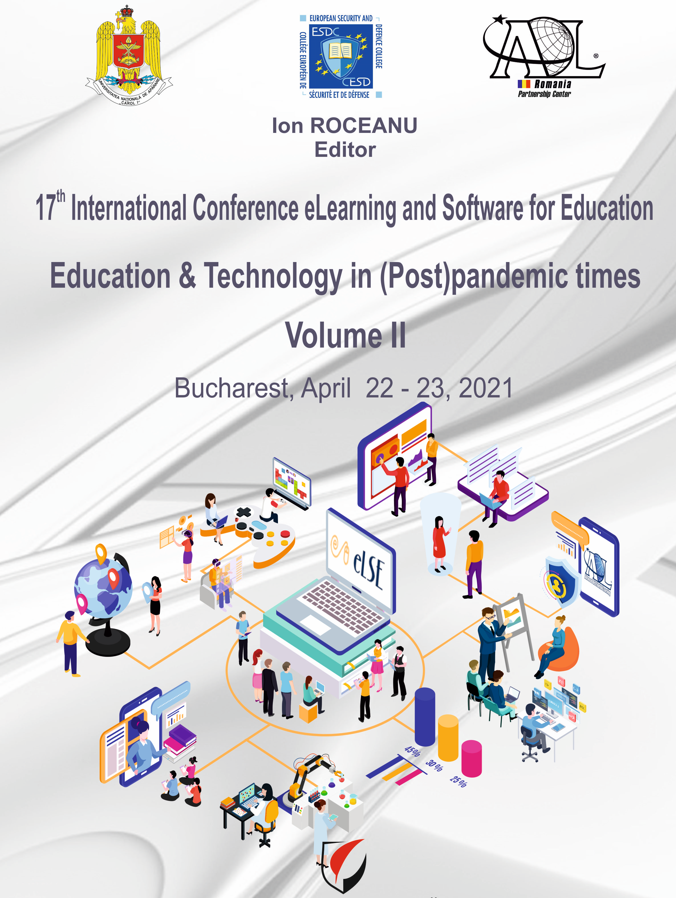THE CONCEPT OF CONTROLLABILITY IN AN E-LEARNING MODEL
THE CONCEPT OF CONTROLLABILITY IN AN E-LEARNING MODEL
Author(s): Brandusa RaileanuSubject(s): Education, Foreign languages learning, ICT Information and Communications Technologies, Distance learning / e-learning
Published by: Carol I National Defence University Publishing House
Keywords: e-learning; foreign languages e-learning model; systems theory; controllability; optimal control; Matlab software;
Summary/Abstract: Three trends concerning applications of Systems Theory in education and e-learning are analysed. The first is the holistic General Systems Theory which studies the structure and the behaviour of systems, and identifying the components and the interconnections within systems. The second is represented by the Dynamical Systems Theory which uses concepts such as attractors, bifurcations or constraints to create a framework for the study of the critical components of the learning process. But being too general, these directions cannot provide concrete mathematical models able to give solutions for the management and improvement of this process. The third direction which tries to solve this problem is developed in this paper, continuing the author’s two previous papers. An e-learning innovative model is provided using the tools of the Systems and Control Theory. The inputs, outputs and the states which correspond to the e-learning process are described and the equations of the state-space representation of the model are derived. This model is applied to the foreign languages e-learning. The controllability of the system is analysed by means of a suitable Gramian. A necessary and sufficient condition of controllability is presented and in the case of the controllable systems a formula is given for the optimal control of the problem of minimum energy transfer of states. Two programs are implemented using Control Systems Toolbox of the Matlab software, one which generates the e- learning system and the other which computes the optimal solution of the transfer problem. This solution allows teachers and students to schedule their e-learning tasks in order to acquire a desired level of knowledge.
Journal: Conference proceedings of »eLearning and Software for Education« (eLSE)
- Issue Year: 17/2021
- Issue No: 02
- Page Range: 349-358
- Page Count: 10
- Language: English

